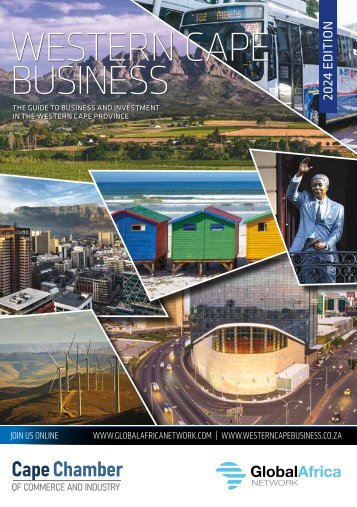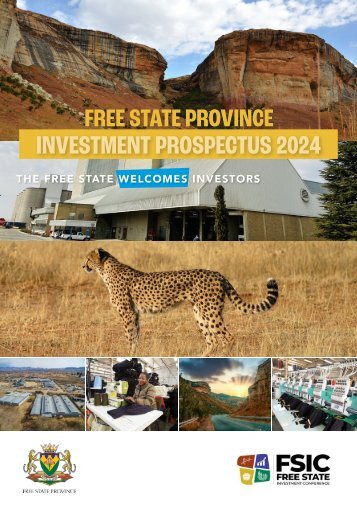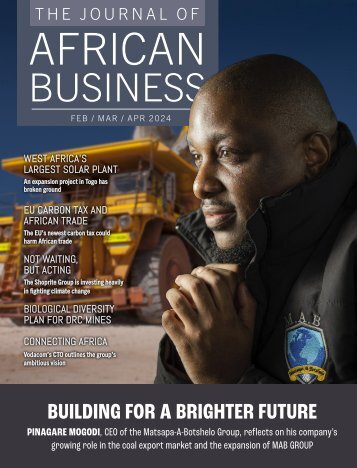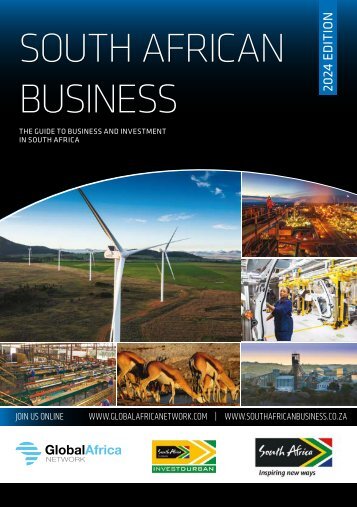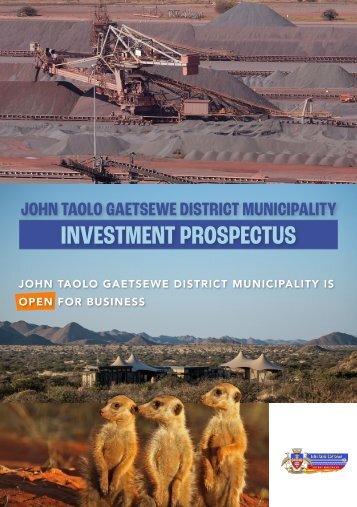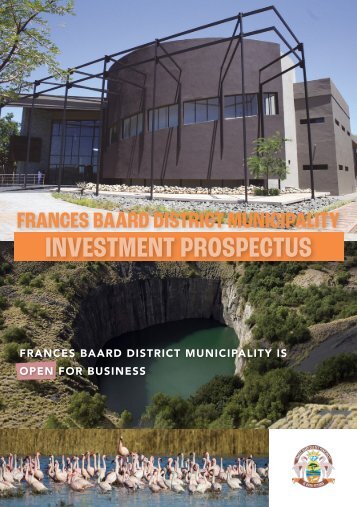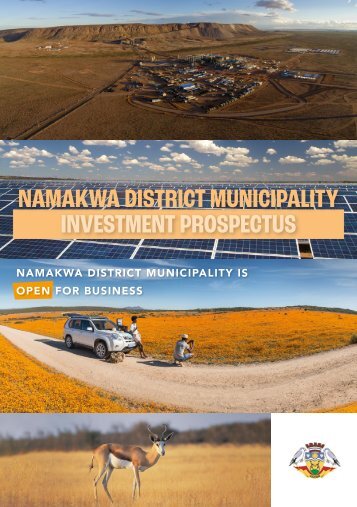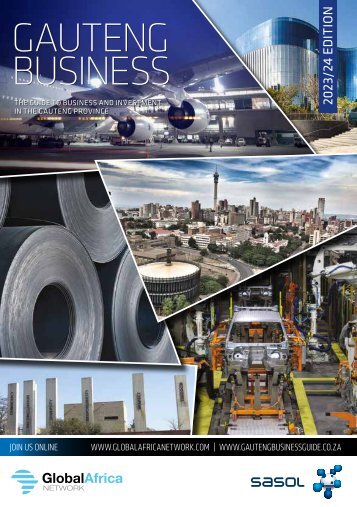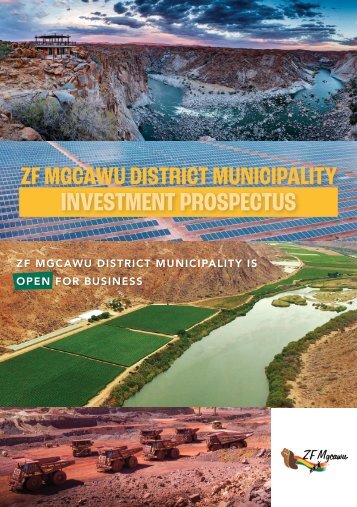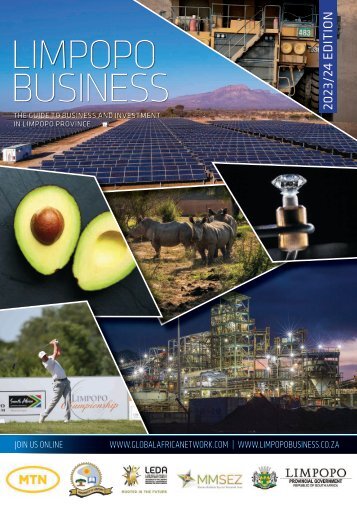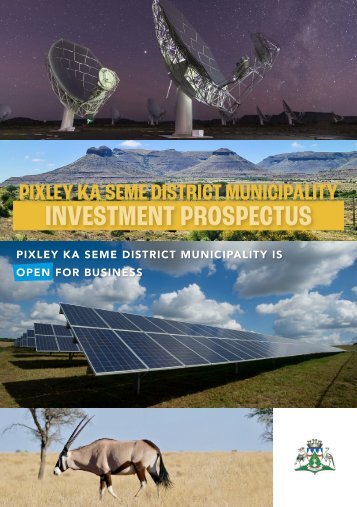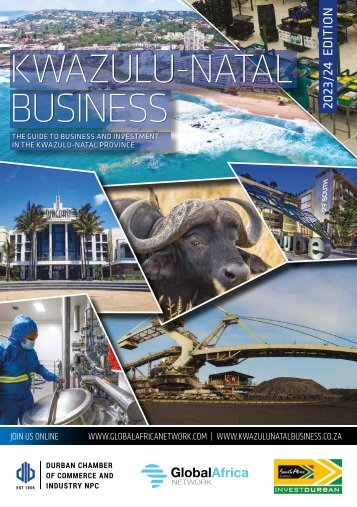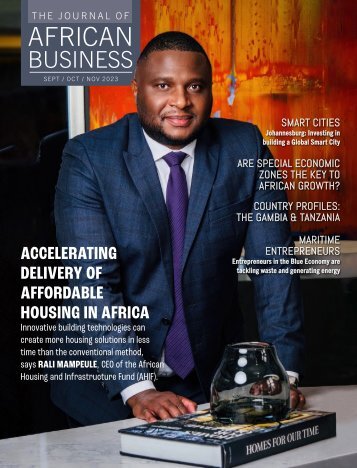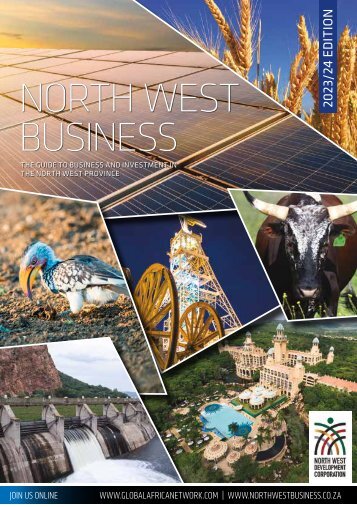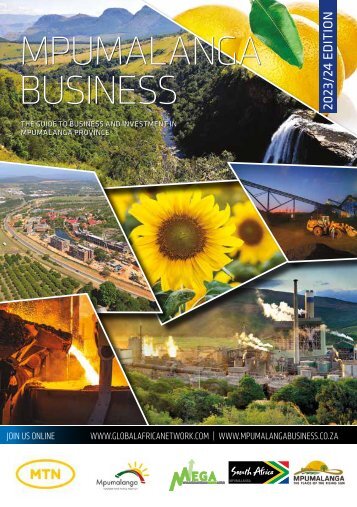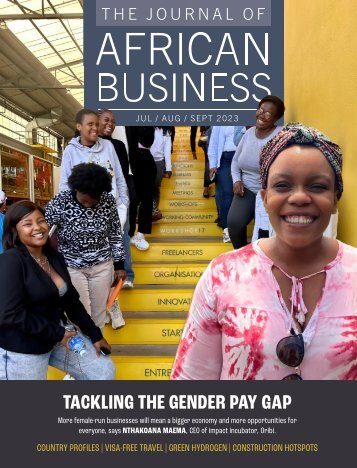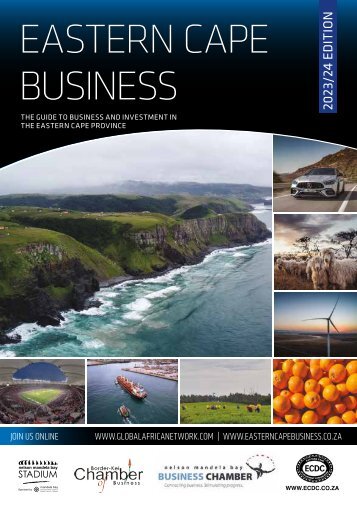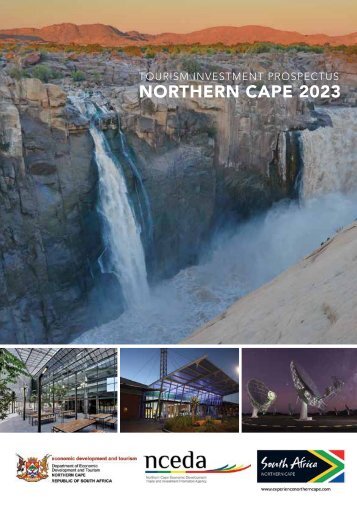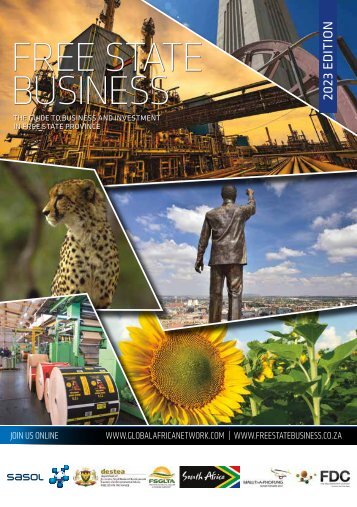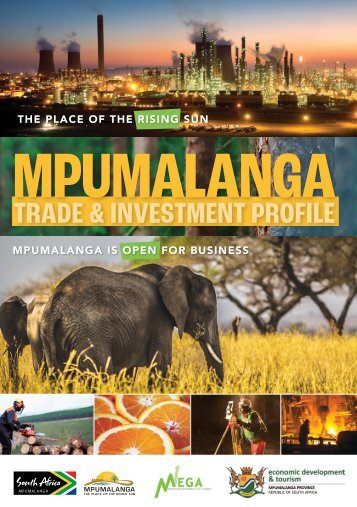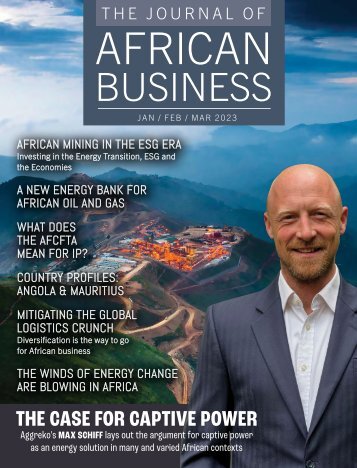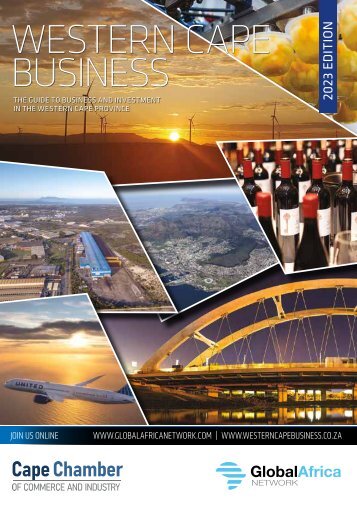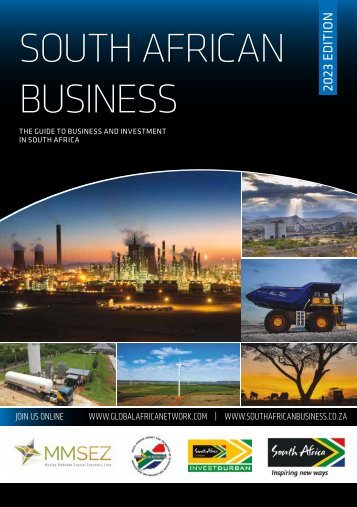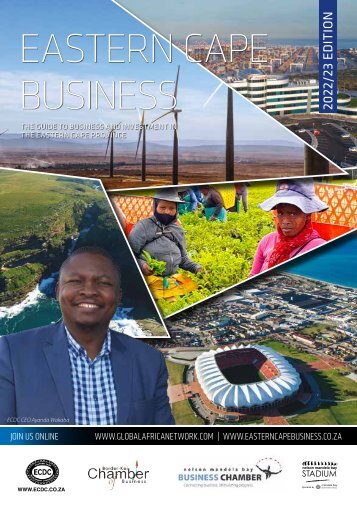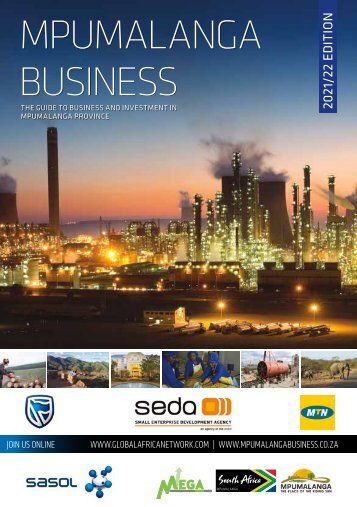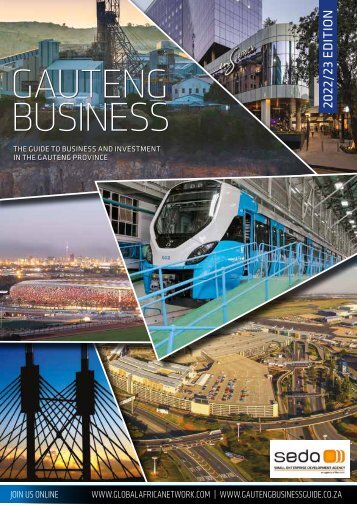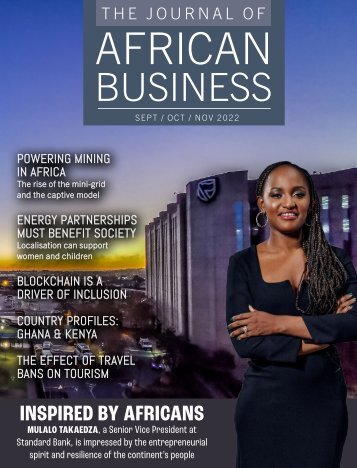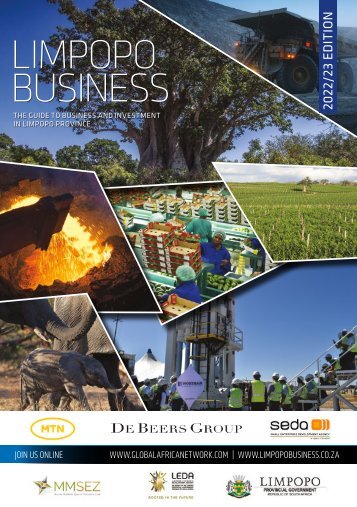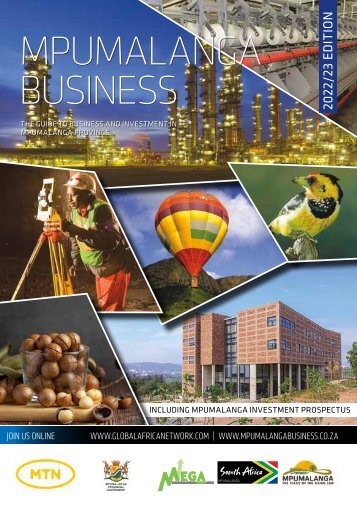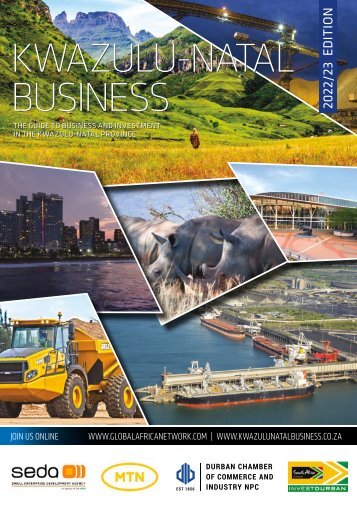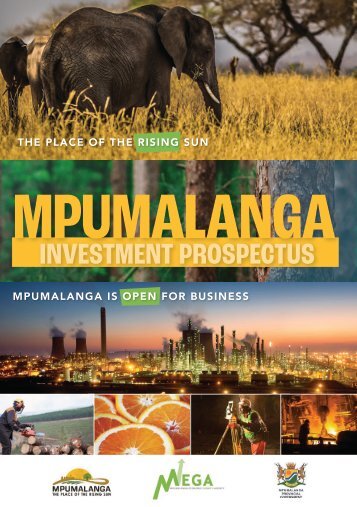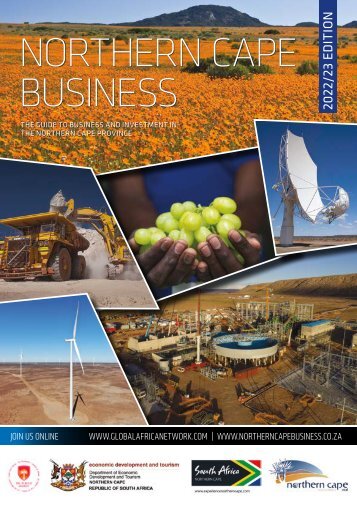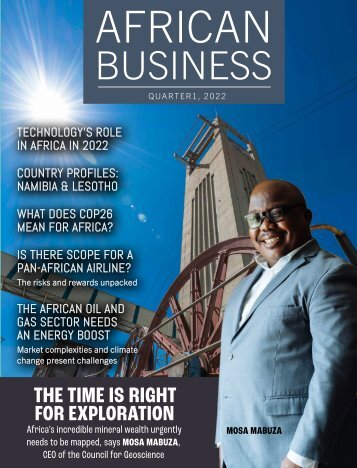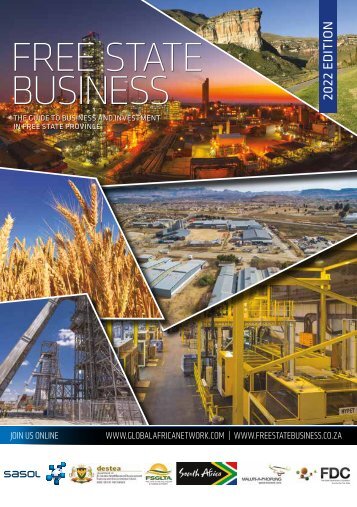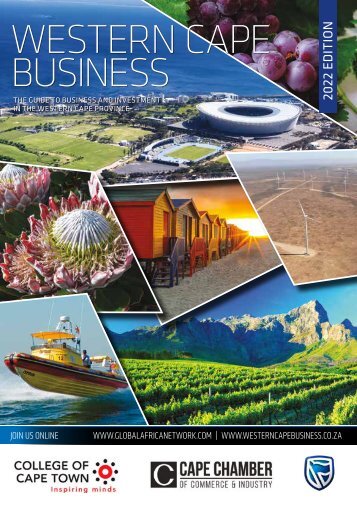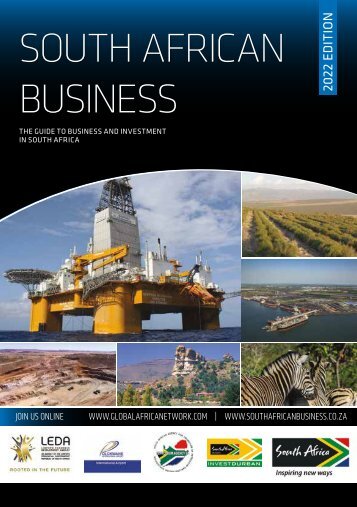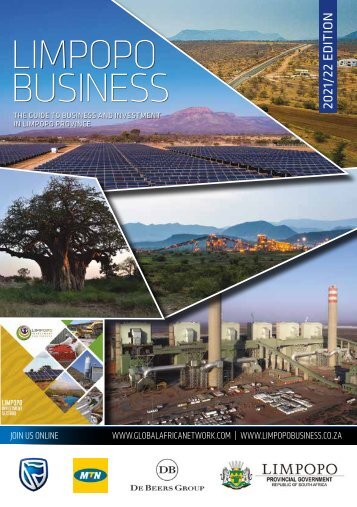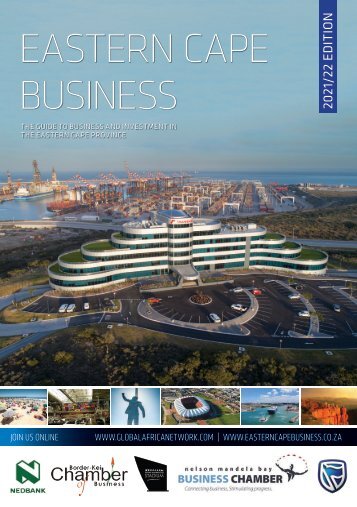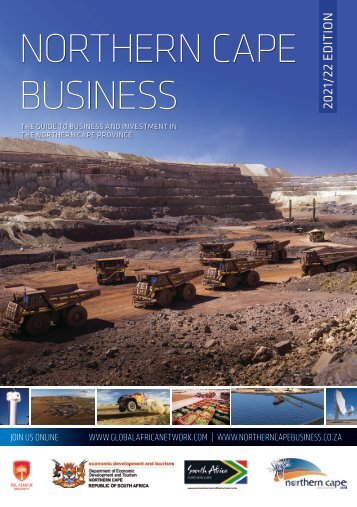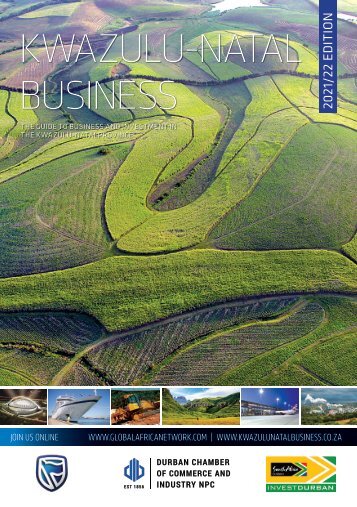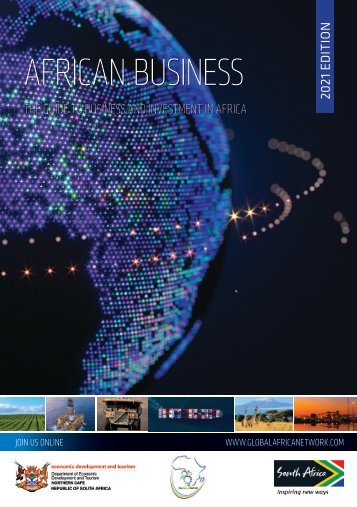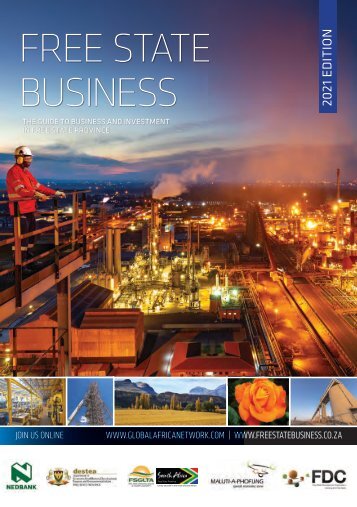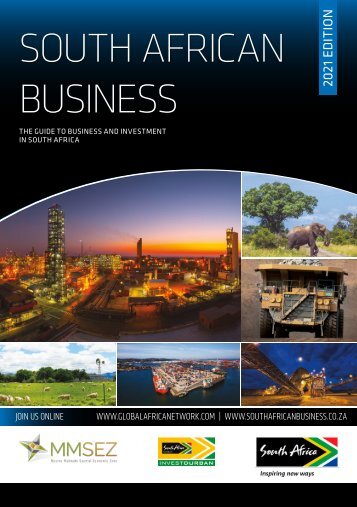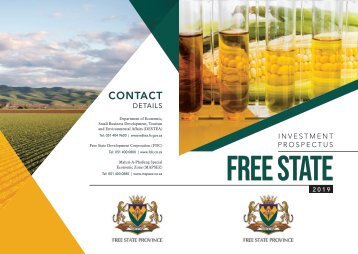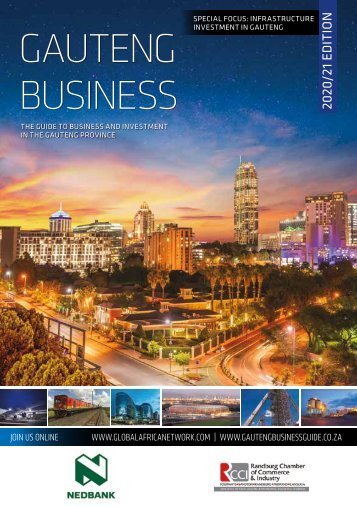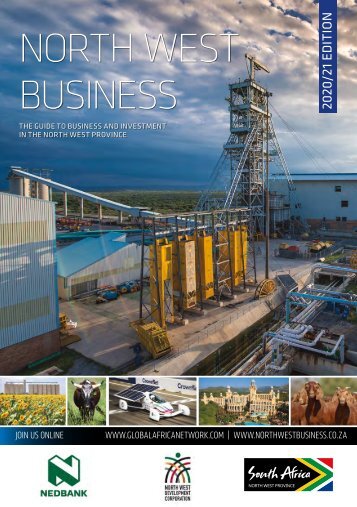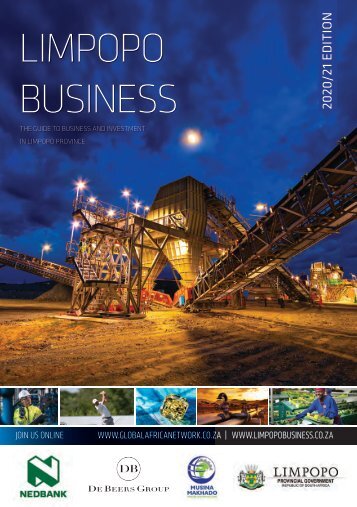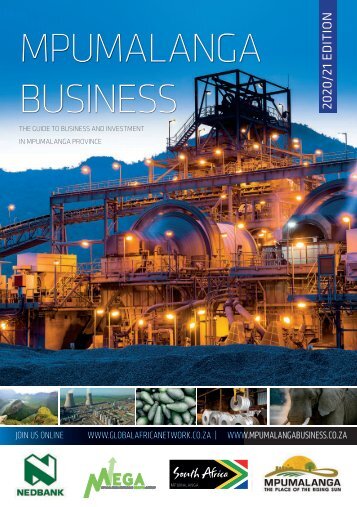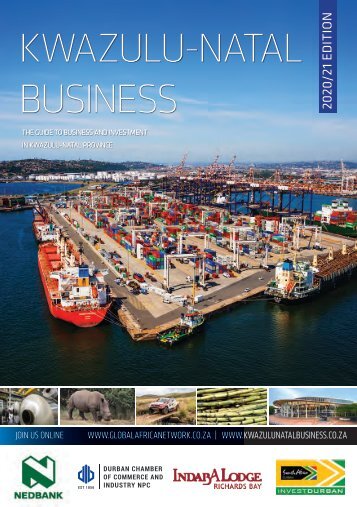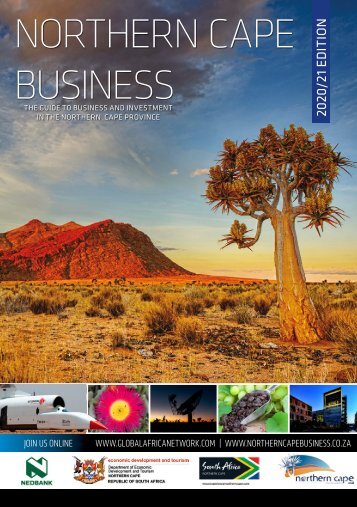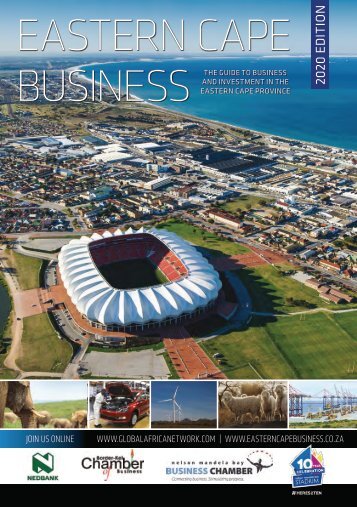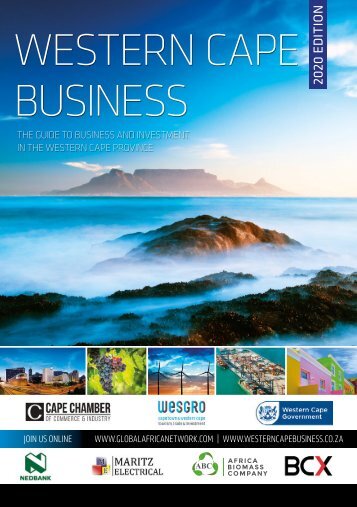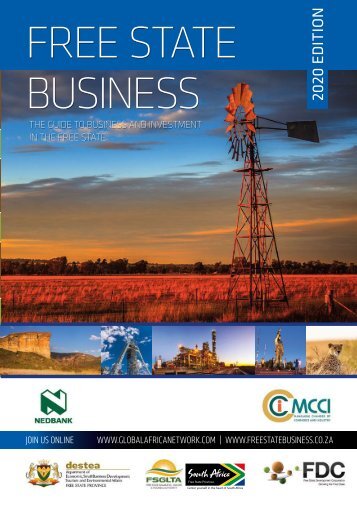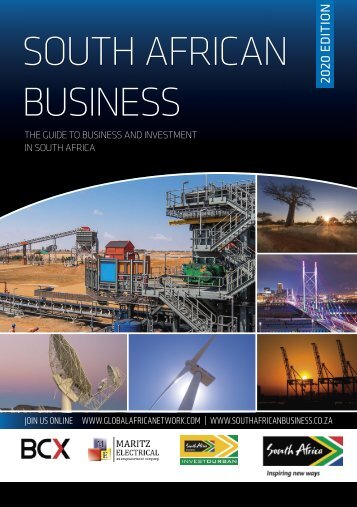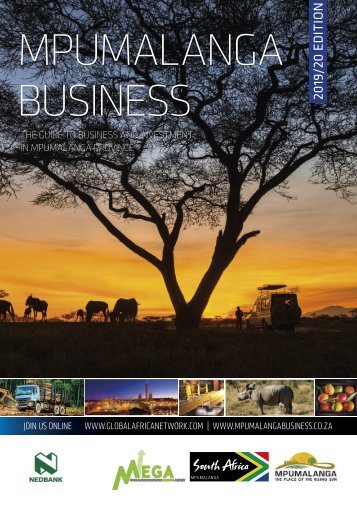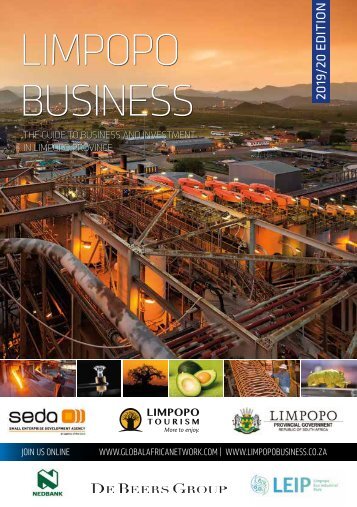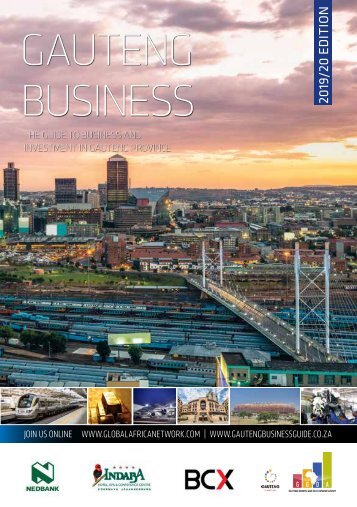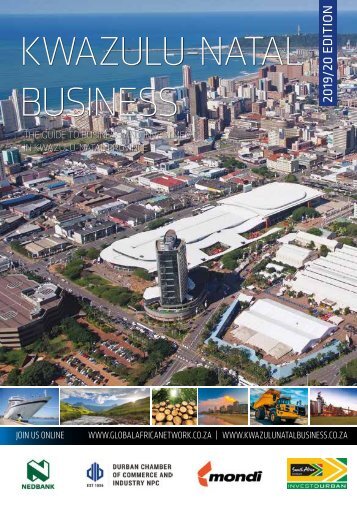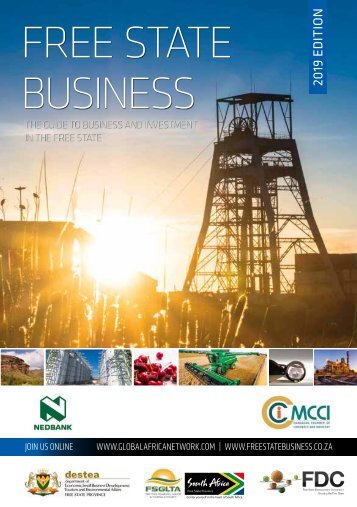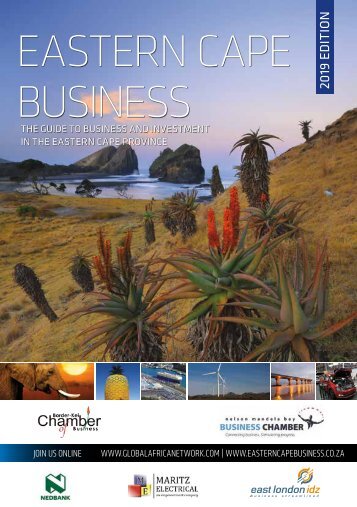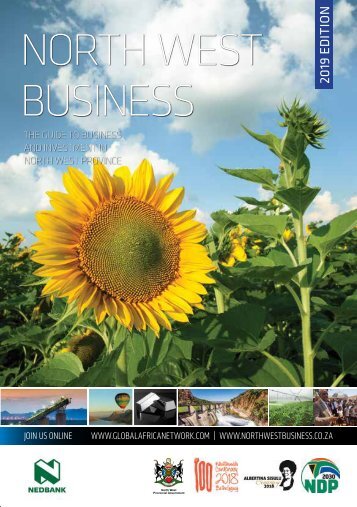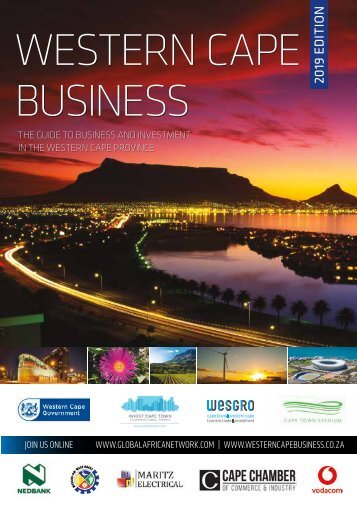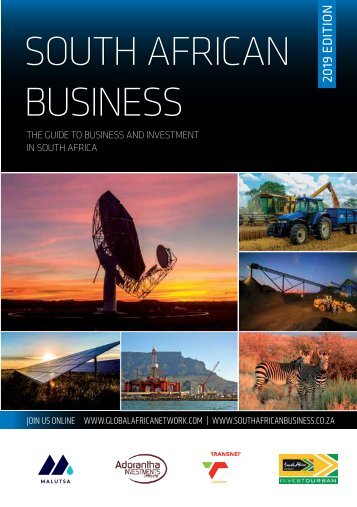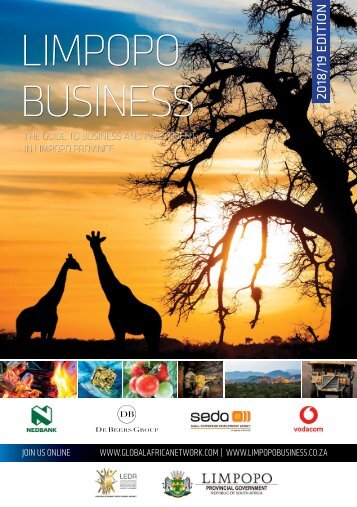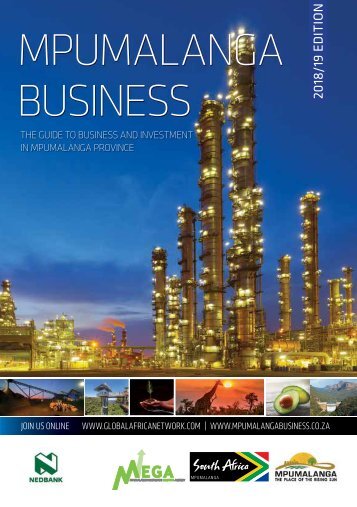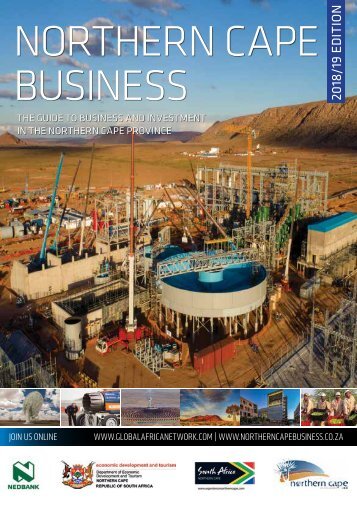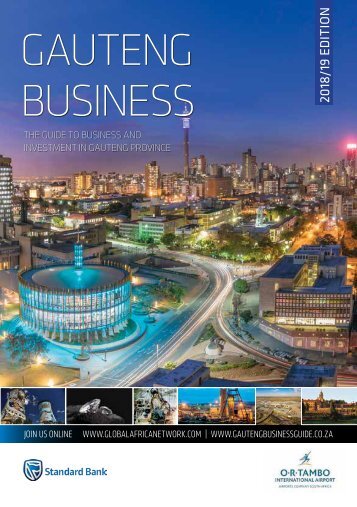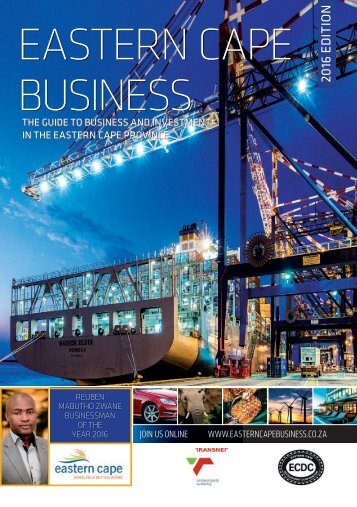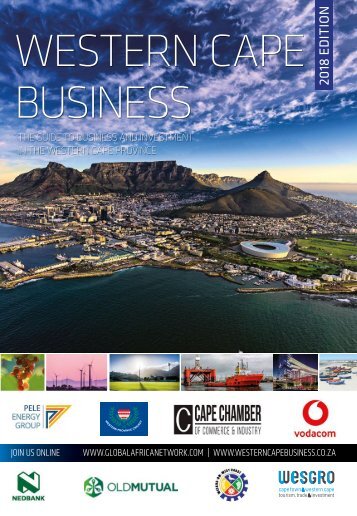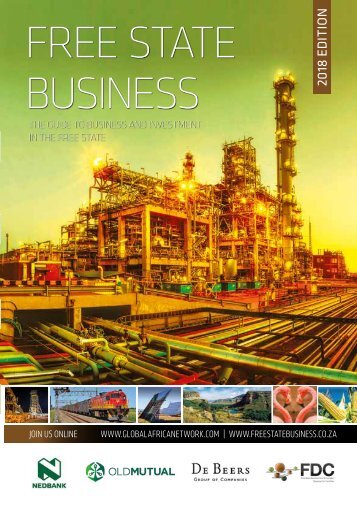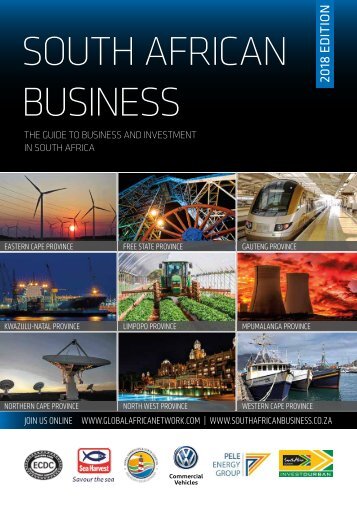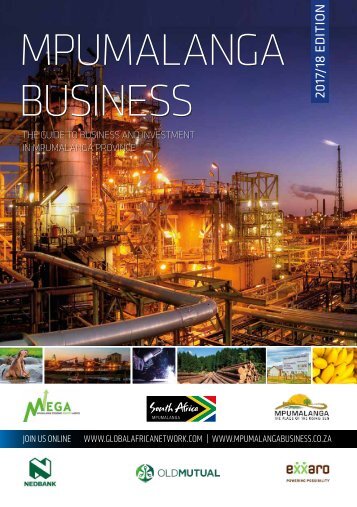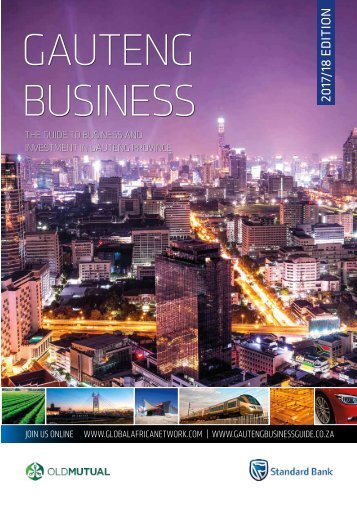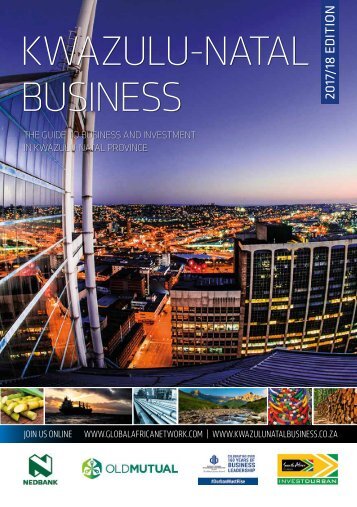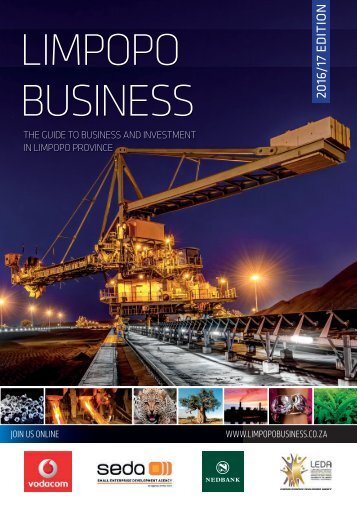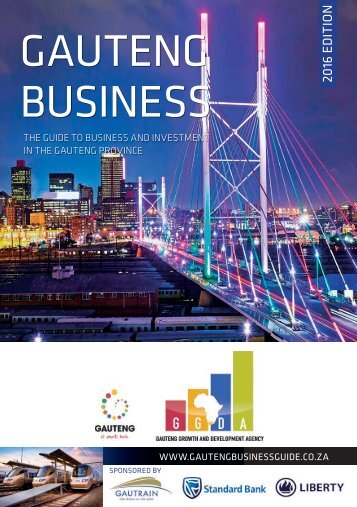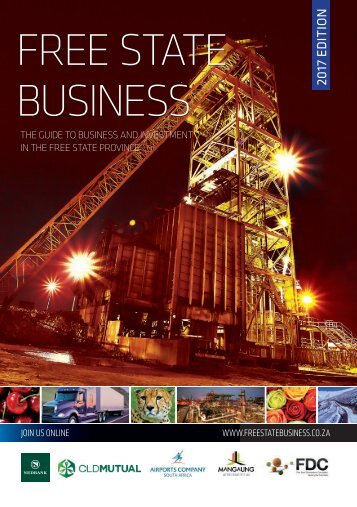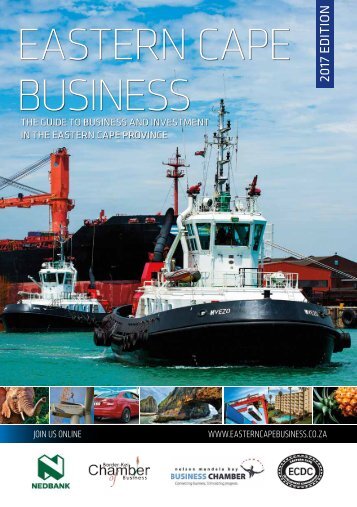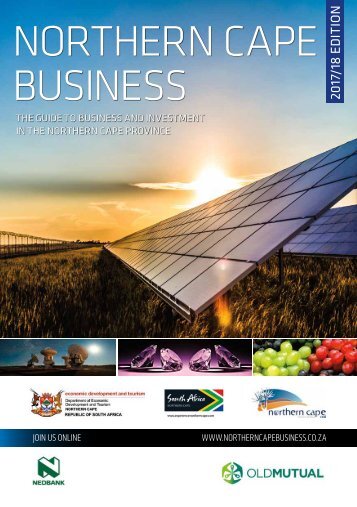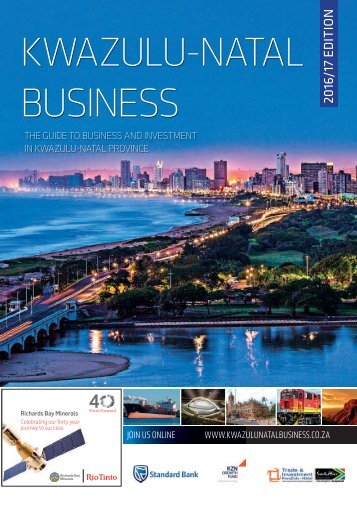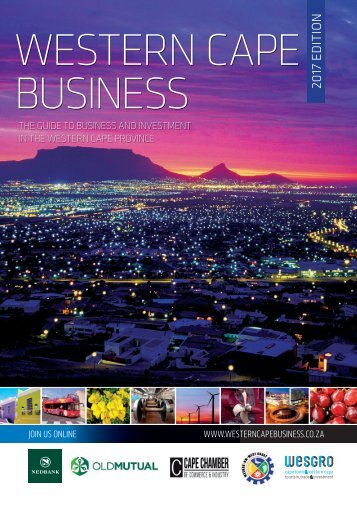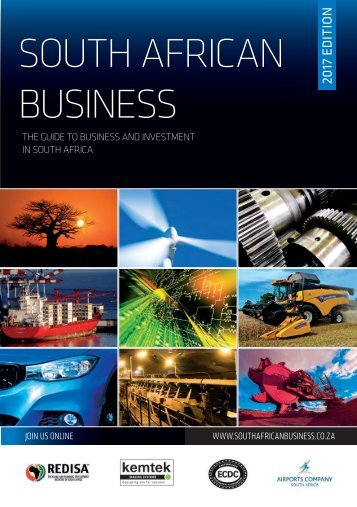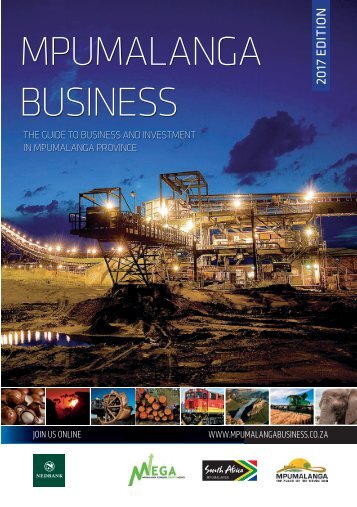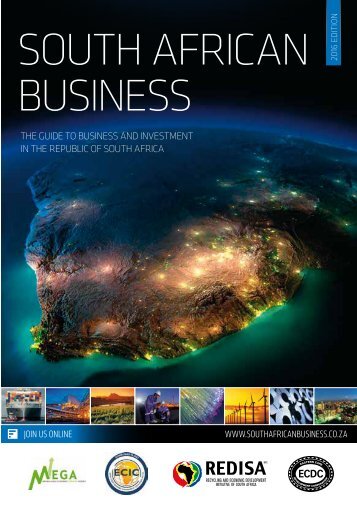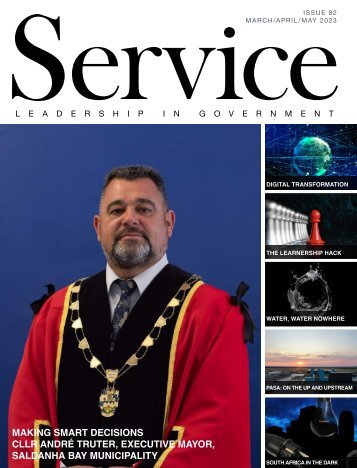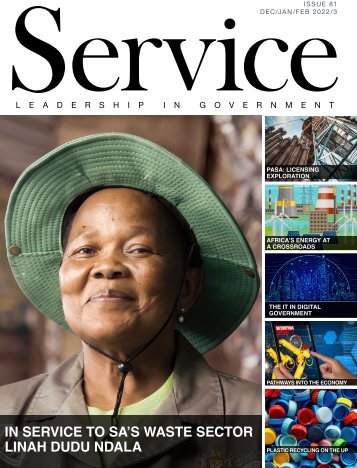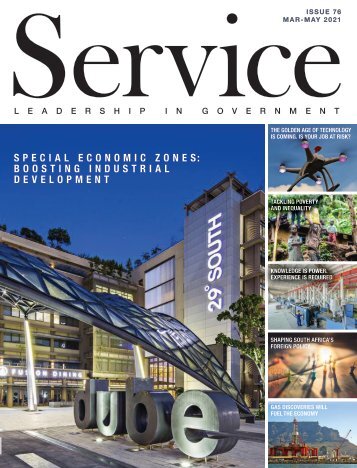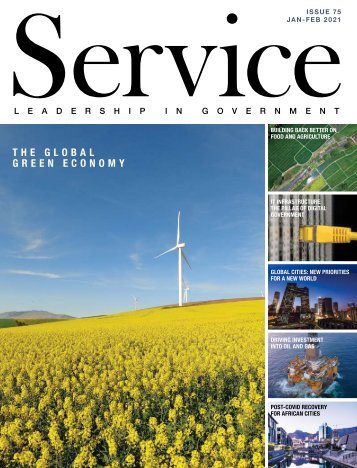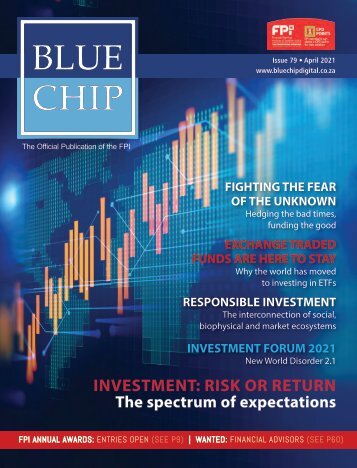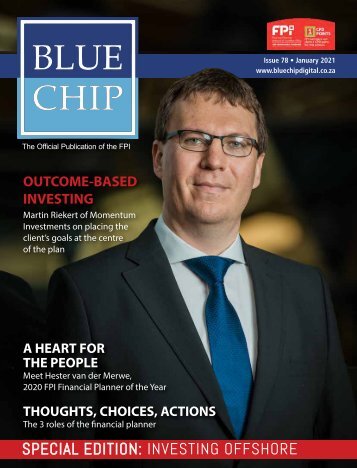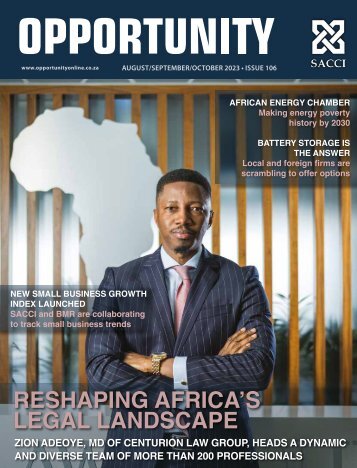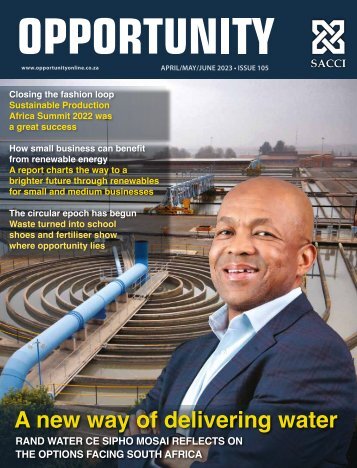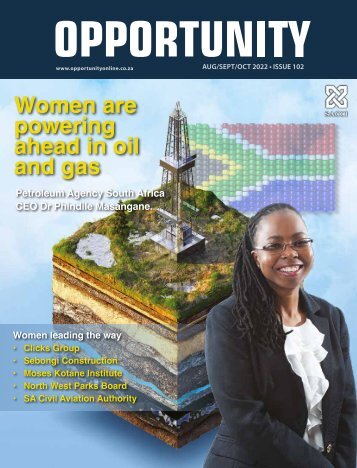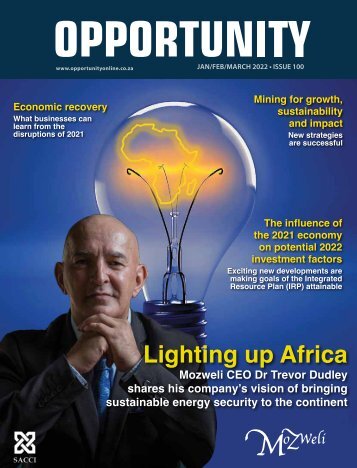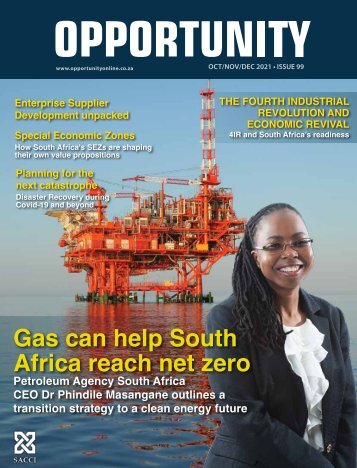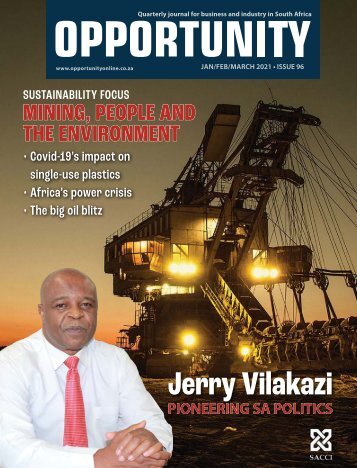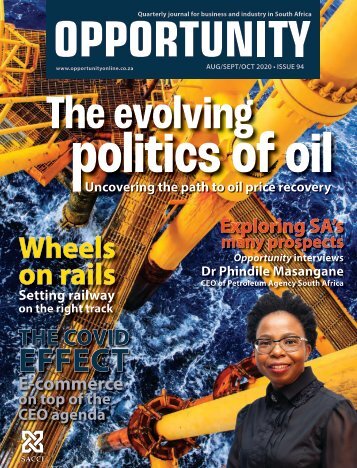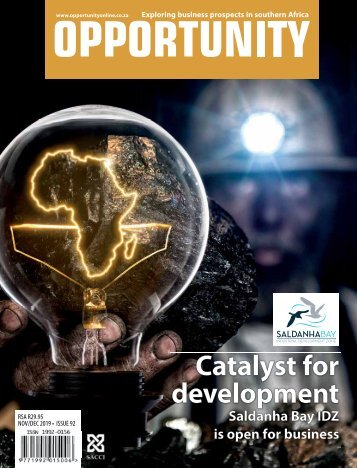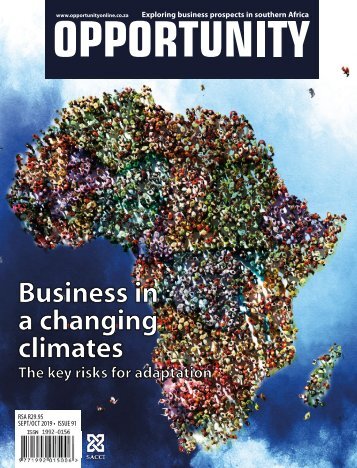South African Business 2023
- Text
- Sustainability
- Tourism
- Regions
- Southafrica
- Business
- Investment
- Transportation
- Development
- Mining
- National
- Provincial
- South africa
- Economy
- Manufacturing
- Province
- Industrial
- Logistics
- Sector
- Infrastructure
- Economic
FOCUS
FOCUS South Africa’s oil and gas sector is open for business The application by TotalEnergies for the right to produce signals an exciting new phase. TotalEnergies has submitted an application to Petroleum Agency South Africa (PASA) to convert its exploration right into a production right. The TotalEnergies-led consortium, after making world-class discoveries off South Africa’s southern coast off Mossel Bay in the Outeniqua Basin, has now made the decision to proceed to the next phase, which could have enormous implications for the local, regional and national economy. The next phase, a gas-market development period, is not the same as an immediate decision to start building pipelines and decks, but it is a step along the way. The Luiperd and Brulpadda discoveries were made in the Block 11B/12B areas. The joint venture has decided to give up a northern portion of its right, reducing the proposed area to be worked to 12 000km², whereas the exploration right extended to more than 18 000km². TotalEnergies’ joint venture partners in Block 11B/12B include QatarEnergy and Canadian Natural Resources. A massive rig travelled from Norway to explore off South Africa’s south coast. If the process moves further along to the point where TotalEnergies obtains all the environmental permits it needs and starts to develop the resource, some estimates suggest that gas could begin to flow by 2026. Petroleum Agency SA plays an important role in developing South Africa’s gas market by attracting qualified and competent companies to explore for gas, as in the case of TotalEnergies and its partners. Another major focus is increasing the inclusion of historically-disadvantaged South Africans in the upstream industry. Currently, natural gas supplies just 3% of South Africa’s primary energy. A significant challenge facing the development of a major gas market is the dominance of coal. Opportunities for gas lie in the realisation of South Africa’s National Development Plan (NDP) and the Integrated Resource Plan (IRP). West coast developments While the newspaper headlines focussed mainly on the discoveries off the south-western coast of South Africa, progress was being made off the west coast too. Eco Atlantic Oil & Gas and its partners have hired a rig to start exploring Block 2B, an area which has been of interest to the oil and gas industries for many years. Eco Atlantic Oil & Gas is the operator of Block 2B while Africa Energy, Panoro Energy ASA and Crown Energy AB are other major investors. Block 2B is located in the Orange Basin (see map) where both Total and Shell announced significant oil and gas discoveries offshore Namibia in early 2022. The block covers an area of 3 062km² with water depths from 50 to 200 metres. South Africa shares a geological sedimentary basin with its western neighbour so the announcement by Shell that it had made significant SOUTH AFRICAN BUSINESS 2023 58
oil and gas discoveries in the southernmost sector was welcome news indeed. The discoveries were made at the Graff-1 well. Scientifically, the big takeaway from Shell’s discovery is related to where the finds were made. Previously, it was believed that only gas would be found in one layer of the shelf, known as the Cretaceous sector; Shell found a working petroleum system with oil as a component in the Cretaceous sector. The geological sedimentary basin extends to offshore Cape Town and out to sea, stretching over 160 000km². The rights to the South African southern section of the basin are held by Shell and its partners TotalEnergies and PetroSA. TotalEnergies have themselves had promising early signs of possible oil and gas finds near the Shell find off Namibia, and in the block adjacent to the South African maritime border. This is the Venus-1. The deepwater sector of the South African Orange Basin is unexplored, but similar geology extends south of Namibia into the South African sector. Geological features similar to the Namibian reservoirs have been identified on seismic data in the South African part of the basin, also in the Cretaceous, but these remain to be tested through drilling. New seismic data acquired by the survey planned by the company, Searcher, will assist in reducing exploration risk and help in identifying and quantifying possible oil and gas deposits off South Africa’s west coast. Onshore prospects The Department of Forestry, Fisheries and the Environment (DFFE) in 2022 issued draft regulations to govern the process of hydraulic fracking because Renergen’s Virginia Gas Project is barrelling ahead. the underground resources of the Karoo are again in the spotlight. Various environmental studies are being done, including groundwater and geological studies. The geo-environmental baseline study for gas in Beaufort West undertaken by the Council for Geoscience has been completed and showed significant resources of shale gas. The study did not encompass any economic modelling. PASA will be responsible for the granting of any licences once the draft regulations are finalised. The massive resources of natural gas that Renergen has been working on for the last few years reached commercial production in October 2022 in the northern Free State. Renergen, through its subsidiary Tetra4, is the only holder of an onshore petroleum production licence issued by the Department of Mineral Resources and Energy through the PASA. The production right area covers 187 000 hectares around the towns of Welkom, Virginia and Theunissen. Liquid natural gas for the domestic market and helium for export from this project will create an entirely new stream of energy options for South Africa. ■ 59 SOUTH AFRICAN BUSINESS 2023
- Page 1 and 2:
SOUTH AFRICAN BUSINESS AFRICAN THE
- Page 3 and 4:
0 0 11 01 1 1 0 1 0 11 1 1 0 1 0 11
- Page 5 and 6:
DURBAN ICC AFRICA’S LEADING CONVE
- Page 7:
South African Business A unique gui
- Page 10 and 11: AN ECONOMIC OVERVIEW OF SOUTH AFRIC
- Page 12 and 13: The cost of electricity generated b
- Page 14 and 15: SPECIAL FEATURE Provinces of South
- Page 16 and 17: SPECIAL FEATURE SPECIAL FEATURE Nor
- Page 18 and 19: FOCUS Promoting responsible investm
- Page 20 and 21: Partnerships show the way for Speci
- Page 22 and 23: SPECIAL FEATURE Geographical focus
- Page 24 and 25: INTERVIEW Promoting the industriali
- Page 26 and 27: INVESTMENT The Musina-Makhado Speci
- Page 28 and 29: MUSINA MAKHADO SMART CITY A Smart C
- Page 30 and 31: FOCUS To reignite the birthplace of
- Page 32 and 33: FOCUS Multi-site Special Economic Z
- Page 34 and 35: FOCUS Invest in the Free State Exce
- Page 36 and 37: The Northern Cape is attracting new
- Page 38 and 39: FOCUS Newlyn’s First-in-World Bul
- Page 40 and 41: INTERVIEW Newlyn is a home-grown co
- Page 43 and 44: KEY SECTORS Overviews of the main e
- Page 45 and 46: OVERVIEW International pressures Ag
- Page 47 and 48: yarns@samil.co.za | sales@samil.co.
- Page 49 and 50: OVERVIEW economy is Limpopo. In May
- Page 51 and 52: Please give an update on the carbon
- Page 53 and 54: Creating a better future through th
- Page 55 and 56: OVERVIEW exploring more carefully w
- Page 57 and 58: FOCUS Credit: Shutterstock fired by
- Page 59: OVERVIEW (LNG) to Maputo and contin
- Page 63 and 64: FOCUS Deepsea Stavanger offshore dr
- Page 65 and 66: OVERVIEW to South African municipal
- Page 67 and 68: OVERVIEW on South Africa’s water
- Page 69 and 70: NETFA Over 75 Years of dedication t
- Page 71 and 72: Construction and property The renew
- Page 73 and 74: FOCUS years - almost guarantees tha
- Page 76 and 77: OVERVIEW ICT Government’s latest
- Page 78 and 79: OVERVIEW Development finance and SM
- Page 80 and 81: OVERVIEW Education and skills train
- Page 82 and 83: A STUDENT RECRUITMENT INITIATIVE TO
- Page 84 and 85: FAMILY WORKSHOPS One of the most cr
- Page 86 and 87: INDEX INDEX Air Products...........
- Page 88: 20 years of Industrial Efficiency N
Inappropriate
Loading...
Mail this publication
Loading...
Embed
Loading...

